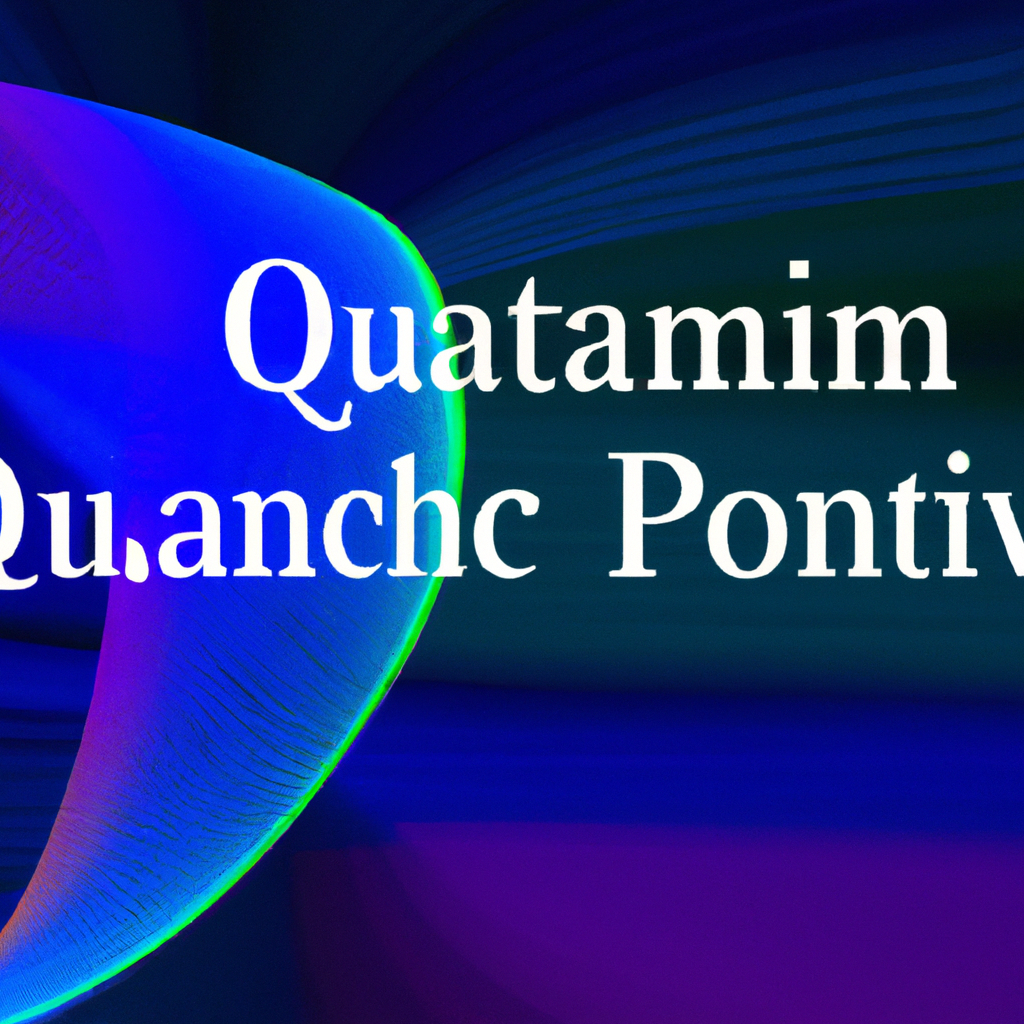Exploring the Potential of Quantum Computing in Solving NPHard Problems
Table of Contents
Exploring the Potential of Quantum Computing in Solving NP-Hard Problems
# Introduction
The field of computer science has witnessed remarkable advancements over the years, leading to the development of powerful algorithms and computational techniques. However, certain problems, known as NP-hard problems, continue to challenge even the most sophisticated classical computing systems. NP-hard problems are a class of problems for which no known polynomial-time algorithm exists. These problems have wide-ranging applications in various domains, including optimization, cryptography, and artificial intelligence. In recent years, quantum computing has emerged as a promising avenue for solving these computationally intractable problems. This article aims to explore the potential of quantum computing in addressing NP-hard problems and its implications for the future of computation.
# Understanding NP-Hard Problems
Before delving into the potential of quantum computing, it is crucial to grasp the nature of NP-hard problems. NP stands for “nondeterministic polynomial time,” which refers to the class of problems for which a given solution can be verified in polynomial time. In contrast, NP-hard problems are those that are at least as difficult as the hardest problems in NP. In other words, if an efficient algorithm is discovered for solving any NP-hard problem, it would imply an efficient algorithm for solving all problems in NP.
Examples of NP-hard problems include the well-known Traveling Salesman Problem (TSP), the Knapsack Problem, and the Boolean Satisfiability Problem (SAT). These problems have exponential running times on classical computers, making them impractical to solve for large inputs. This limitation has motivated researchers to explore alternative computational models, such as quantum computing, to overcome these challenges.
# Quantum Computing Fundamentals
Quantum computing is a paradigm that leverages the principles of quantum mechanics to perform computations more efficiently than classical computers. Unlike classical bits, which can represent either a 0 or a 1, quantum bits, or qubits, can exist in a superposition of both states simultaneously. This property enables quantum computers to process a vast number of possibilities in parallel, potentially leading to exponential speedup for certain problems.
The power of quantum computing lies in its ability to exploit quantum entanglement and quantum interference. Quantum entanglement refers to the phenomenon where the state of one qubit becomes correlated with the state of another, regardless of their physical separation. Quantum interference, on the other hand, occurs when different quantum states interfere with each other, leading to constructive or destructive interference.
# Quantum Computing and NP-Hard Problems
The potential of quantum computing in solving NP-hard problems stems from its ability to perform computations in parallel and explore multiple possible solutions concurrently. This ability is particularly advantageous for problems that require exploring a large solution space. By leveraging the power of quantum superposition and entanglement, quantum algorithms can potentially find a correct solution more efficiently than classical algorithms.
One of the most renowned quantum algorithms for solving NP-hard problems is Grover’s algorithm. Grover’s algorithm provides a quadratic speedup over classical algorithms for searching an unsorted database. Although this may not seem directly applicable to NP-hard problems, it has implications for solving certain optimization problems that can be reduced to database search.
Additionally, quantum computing has shown promise in solving problems related to graph theory, which is fundamental to many NP-hard problems. Quantum algorithms, such as the Quantum Approximate Optimization Algorithm (QAOA) and the Quantum Walk algorithm, have demonstrated the potential to find approximate solutions for graph problems, including graph coloring and Maximum Cut.
# Challenges and Limitations
Despite the potential of quantum computing in addressing NP-hard problems, several challenges and limitations exist. One significant challenge is the susceptibility of quantum systems to errors and noise. Quantum bits are fragile and prone to decoherence, which refers to the loss of quantum information due to interactions with the environment. The delicate nature of qubits makes it challenging to perform precise computations, requiring error correction techniques that are still in their infancy.
Furthermore, the development of quantum algorithms for NP-hard problems is still in its early stages. While Grover’s algorithm and certain graph algorithms have shown promise, many other NP-hard problems are yet to be effectively addressed by quantum computing. Researchers are actively exploring novel quantum algorithms and refining existing ones to harness the full potential of quantum computers.
# Conclusion
The potential of quantum computing in solving NP-hard problems offers exciting prospects for the future of computation. The ability to perform computations in parallel and explore multiple possible solutions simultaneously provides a promising avenue for tackling computationally intractable problems. Although challenges and limitations exist, ongoing research and advancements in quantum computing hardware and algorithms hold significant promise.
As a graduate student in computer science, it is essential to stay abreast of these new trends and the classics of computation and algorithms. Quantum computing represents a paradigm shift in computational thinking, with the potential to revolutionize various industries by solving previously intractable problems. By exploring the potential of quantum computing in solving NP-hard problems, we can contribute to the academic discourse and shape the future of computational research.
# Conclusion
That its folks! Thank you for following up until here, and if you have any question or just want to chat, send me a message on GitHub of this project or an email. Am I doing it right?
https://github.com/lbenicio.github.io

